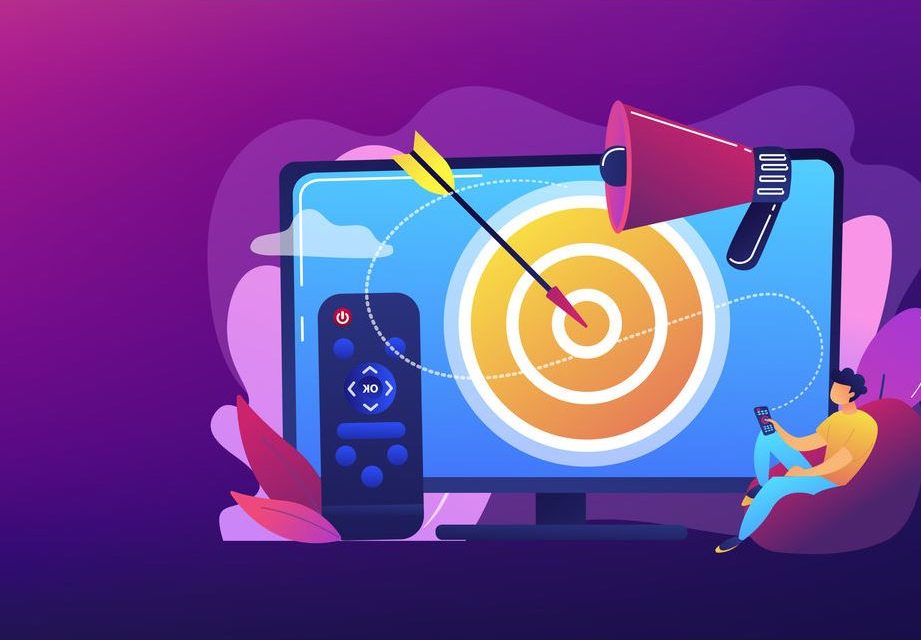By Vicki Brakl
Source: www.digitalcommerce360.com, December 2019
Big advertisers have many advantages when it comes to digital advertising, but there are plenty of cost-effective tools available to smaller retailers and brands. Small and mid-sized companies can drive meaningful ROI even with limited budgets, especially if they can learn to use personalization in their messages.

Vicki Brakl, senior vice president of marketing, training & development, MNI Targeted Media Inc.
Most enterprises start small, so it’s not surprising that SMBs are the backbone of the American economy. Growing a successful business means establishing a brand presence in the digital space that entices customers onto sites and into stores, but it’s difficult to go it alone. The ad tech landscape seems to have grown solely around—and exclusively for—the world’s bigger companies, leaving SMBs with self-service tools that can only do so much, for so long.
Meanwhile, the bigger players have access to the agencies, data, and platforms that allow them the scale and reach to grow even more. It’s not necessarily by design: there’s just a gap between the bigger advertisers and the smaller ones that deserves some attention.
The fact is, it’s business. The heavy hitters in ad tech meet their revenue goals by serving the best-known brands and the largest agencies. It’s just not in their best interest to cater to smaller companies with limited budgets. It’s sound business practice for them.
That, however, doesn’t mean that smaller businesses should be left in the dust. There are tactics these growing businesses can leverage to create high-performing, scalable campaigns using their own first-party data. Stuck-in-the-middle small and mid-sized companies can drive meaningful ROI even with limited budgets, especially if they can learn to use personalization in their messages.
Personalization drives results
Any company with a customer list and a CRM can drive results with personalization. With the most basic customer information and the most accessible self-service tools, marketers can create personalized campaigns that measurably move the needle.
All it takes is a list that can be segmented based on what customers want. It doesn’t have to be complicated. For instance, for a company that sells three software products, it can be as simple as marketing to prospects of each type of software with messages that address their needs or last interaction.
Marketers, the more information you have about your customers and prospects, the better able you’ll be to personalize effectively, so take the time to look at your CRM and see what you have. If you’re able to segment by product, company size, and/or the last campaign with which they interacted, then you have what you need to build high-impact campaigns, even if you spend little or nothing on creative! Personalization and relevance will trump shiny objects every time—and there are so many great, free tools out there to help build gorgeous creative, even if you’ve never designed anything before.
It’s also important to segment by where customers are in their journey. Obviously, customers who’ve just discovered your brand will need more coaxing than those who’ve already made a purchase or are lower in the purchase funnel.
Making personalization happen
It’s one thing to have customer data; it’s another to know how to use it in a personalization campaign. The good news is that there are tons of affordable technology solutions out there from MailChimp to Marketo that can help you put your data to work. There are also great self-service tools through Google, Facebook, LinkedIn and other platforms that will allow you to build campaigns quickly, easily, and affordably.
Social platforms offer wonderful opportunities for smaller companies to get incredibly targeted. For B2Bs in, say, the IT security space, LinkedIn makes it simple to target CIOs, CTOs, and IT professionals at companies of various sizes across various verticals. Your in-feed content ad can be seen by anyone with the job title you’ve selected to target or members of groups with names like “CSO Magazine Subscribers” and “IT World 2018 Attendees.”
Facebook offers similarly excellent (and easy-to-use) targeting tools for marketers who need to reach consumers of a certain demographic or in a certain region. A few clicks and taps can get your message in front of women, aged 21-28 with university degrees who live within 50 miles of Milwaukee and “like” Disney movies.
What may be a problem here is the number of tools available, the time it takes to get up to speed on them and then to put them to work. Whereas big brands hire big agencies to run their campaigns—and then still have large in-house teams to support them—smaller companies generally have to rely on skeleton crews.
It takes a lot of time and elbow grease to manage campaigns across social platforms, Google, and email—among everything else they’re tasked with. While there are plenty of passionate marketers out there willing and able to lead their teams into the good fight, not every growing marketing department has the time or wherewithal to pull it off.
Navigating the ad tech/martech landscape
Fortunately, there is a growing number of agencies and even media partners who are prepared to support smaller players. It may be wise to find a partner who can take some of the work off your plate, and better still, to help navigate the tech landscape to find the best tools to execute and manage your campaigns.
Not only can a reliable, trustworthy partner help guide you to the right tech solutions, they can also help you make the most effective media buys for your advertising dollars. During a time where media, especially digital media, moves at the speed of sound, it’s important to have a partner who is dialed-in to what’s best for your business today.

